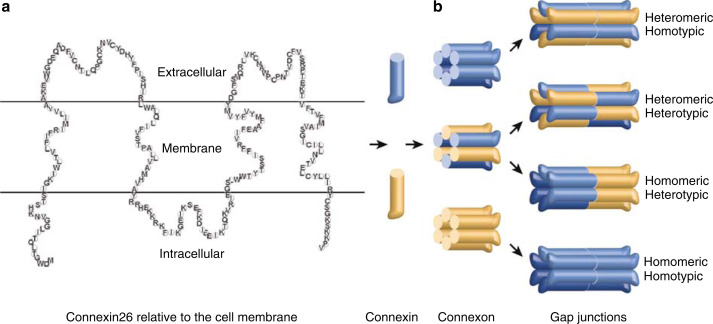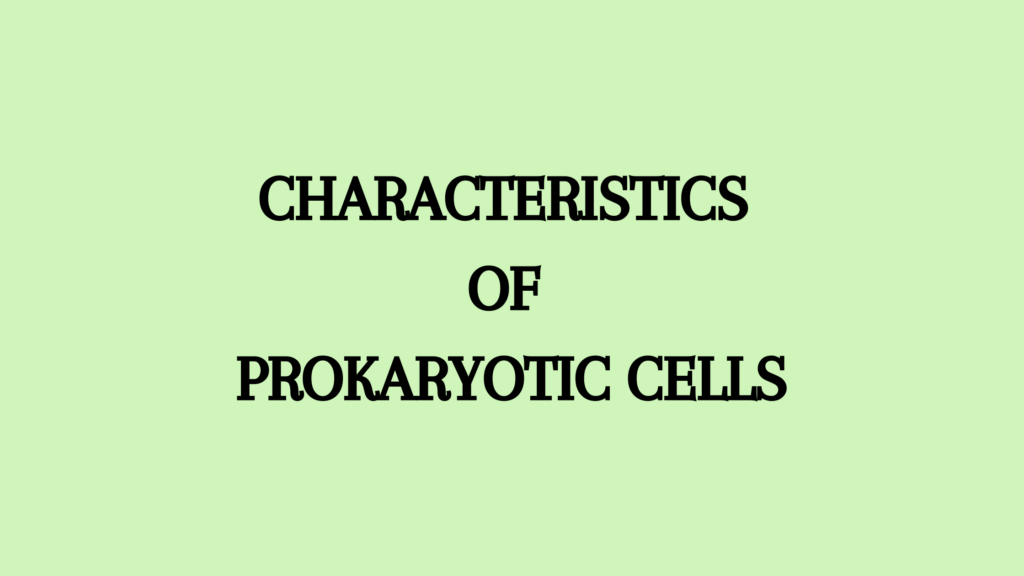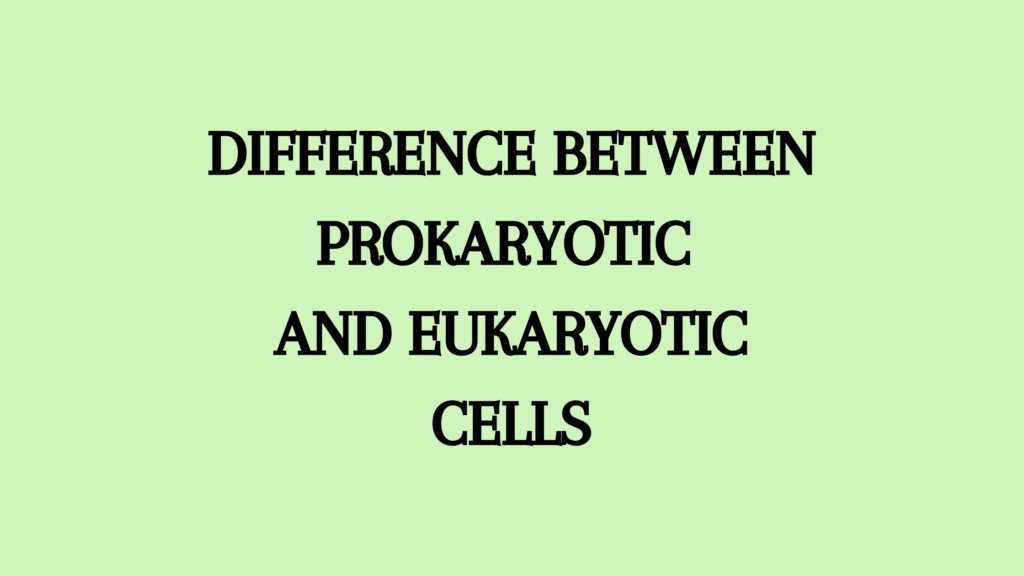Gap Junction Definition
Gap junctions are communicating junctions on the plasma membrane of some cells in higher animal tissues. These are electronic or ionic connections between electrically coupled adjacent cells.
These electrically coupled cells create low-resistance regions on the membrane. This low-resistance region facilitates the free flow of electrically charged ions.
Characteristics of Gap Junction

- It is found in embryonic cells.
- In adult tissues, it is common in epithelial cells.
- Gap junctions appear as plaque-like contact between the plasma membrane of adjacent cells.
- It contains hollow channels of a series of six protein subunits.
- The sliding of subunits opens the channel and closes it.
- The permeability of the gap junction is regulated by the increase or decrease of Ca2+ ions. It is inversely proportional to the Ca2+ ion concentration in the intercellular region.
- The macromolecule unit of major protein is called connexin.
Function of Gap Junction
- Gap junctions facilitate the passage of inorganic ions, vitamins, nucleotides, sugars, and amino acids.
- This is also a process that allows the transfer of molecules between adjacent cells where the recipient cell does not synthesize it. This is called metabolic coupling or metabolic cooperation.

References
- Agarwal, P. V. |. V. (2004). Cell biology, Genetics, Molecular Biology, Evolution, and Ecology: Evolution and Ecology. S. Chand Publishing.
- Meşe, G., Richard, G., & White, T. W. (2007). Gap Junctions: Basic Structure and Function. Journal of Investigative Dermatology, 127(11), 2516-2524. https://doi.org/10.1038/sj.jid.5700770
- El-Sabban, Marwan & Abi-Mosleh, Lina & Talhouk, Rabih. (2003). Developmental Regulation of Gap Junctions and Their Role in Mammary Epithelial Cell Differentiation. Journal of mammary gland biology and neoplasia. 8. 463-73. 10.1023/B:JOMG.0000017432.04930.76.




